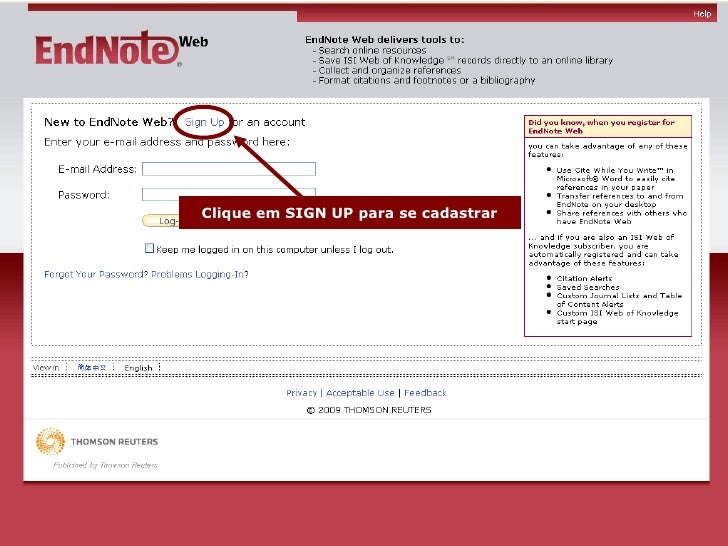

Please note: this bibliography may not be perfectly formatted. Select your desired format from the File format drop-down menu. For instance, if you would like to produce a Microsoft Word document, select RTF (rich text file).You may customize your list by clicking Select Favorites, selecting one or more citation styles from the list, then clicking Copy to Favorites.) ( Please note: there is a very long list of Bibliographic styles. Select your desired citation style from the Bibliographic style drop-down menu.Select the appropriate group from the References drop-down menu.(If not, click Bibliography from the choices listed below the Format tab.) Make sure that the Bibliography form appears.You may create bibliographies, References, or Works Cited lists with the references you've exported or entered into your EndNote Online account. You will be able to store these references in the groups you've created. Now you are ready to start exporting article and book citation records (references) from databases into your EndNote Online account (see Export Citations steps below and in handouts listed to the left).


When you return to the My References section of your EndNote Online account, you should now see your new group listed along the left-hand side of the screen under the heading "All My References" (below the "My Groups" subheading). Type a new group name in the Script Prompt window that appears toward the top of the screen.If you receive a message that Windows is trying to use scripted windows, click Temporarily Allow Scripted Windows, then click New Group again.Click the yellow Organize tab to access the Manage My Groups area.These "groups" serve the same purpose as "folders." Once you have registered for your own EndNote Online account, use the following steps to create your groups: EndNote Online enables you to keep your citation records (references) organized in different groups for various classes, research papers, and projects.


 0 kommentar(er)
0 kommentar(er)
